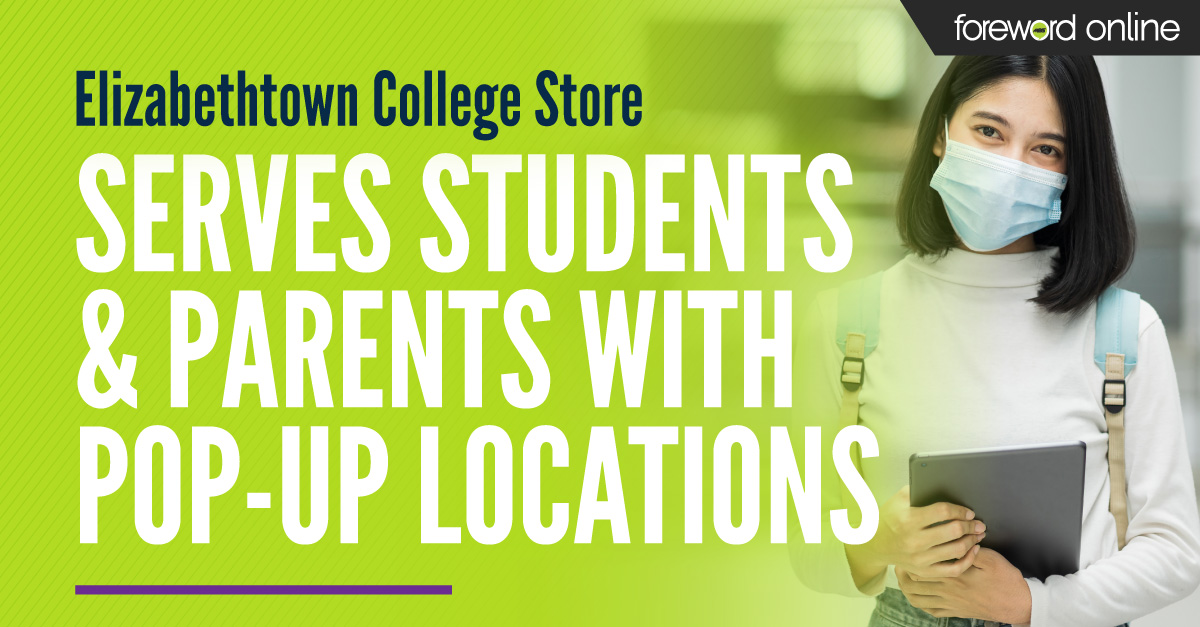It’s an age-old question: How do you know what your customers really want? Coming up with the right answer leads to satisfied shoppers and increased sales (win-win!), which makes finding the correct solution the driving force behind most successful retail ventures.
So how do you identify what that “just right” answer is for your customers?
Let’s start with what doesn’t work. The last thing most people are looking for in the average sales scenario is to feel as if they’re in a sales scenario.
In fact, they want precisely the opposite: an appealing environment with helpful (but not pushy) sales associates and to ultimately emerge with the item they were looking for, after minimal effort and at a price that seems reasonable.
That’s not too much to ask, is it? But in lieu of a crystal ball or a tricked-out DeLorean of your very own, how do you figure out in advance what products and/or services will be most appealing for your customers?
Easy. Let them tell you.
In retail, it isn’t practical to rely on sales alone to gauge how your store is performing — especially since the typical business will only hear from about 4 percent of its dissatisfied customers.*
If you ask for feedback regularly and then act on what you learn, you will be able to address issues more quickly and make purchasing choices attuned with what your customers actually want.
Put it in action:
- Surveys
- Comment cards
- Online reviews
Whether an item ultimately sells depends mainly on two factors:
1) Is it something your customers currently want or need?
2) Is it priced appropriately?
If you can’t decide which of two products to carry, ask your audience which they would prefer. Make sure to check what comparable items are selling for, both locally and online, before you narrow down your choices too much. This will help you avoid becoming biased toward an option that might hurt your bottom line.
Put it in action:
- Poll your entire online community with a simple social media survey. (Option A or Option B?) Keep the choices limited to expedite the process and get more definite results.
- Ask individual customers for their opinion as they shop or check out.
- Use feedback from your student staff members to tap into trends.
If you aren’t monitoring what’s happening online, you’re missing out on a wealth of information. Dedicating a set amount of time to interact through your store’s social media platforms, especially by responding to compliments, questions and complaints, will keep you informed about your online reputation and provide insight into what your customers are thinking.
Put it in action:
Use these free tools to stay on top of what people are saying about your store, as well as what’s trending in the industry.
- Facebook Insights: Learn who’s really looking at your page and determine the most effective ways and times to post.
- Twitter: Check your notifications to see if you have been mentioned. Make sure you also periodically search for spelling variations so you don’t miss anything.
- Google alerts: Set alerts for mentions of your store’s name and key terms and trends (like textbooks, textbook affordability)
- Pinterest analytics: See which of your pins are generating engagement and getting impressions, and follow other stores to monitor what is working for them.
When students come to your store, it’s sometimes for a very specific reason: to purchase or sell back their books. Chances are, though, that your store carries other items besides course materials. If you’d like to increase sales for any department in your store, see how other businesses that share your target market do the following:
- Interact with their customers
- Appeal to them as a group and as individuals
- Maintain their loyalty
Put it in action:
Take a field trip to other local businesses frequented by your customers and just observe. Other insights may be found by simply taking a walk around campus, visiting the school library or by checking out college-themed blogs.
Do you find yourself always running out of a certain product at specific times? What about sales or special offers that are invariably popular with your customers? Even when bringing in certain merchandise items may seem like a no-brainer, consistently analyzing your previous sales to recognize patterns will help you stock appropriately.
Put it in action:
If your store’s current system allows for targeted reporting, you should be using it to put your data to work. For example, you could check what items typically sell at what times, analyze previous sales results and make informed scheduling decisions based on revenue. In addition to monitoring your sales data, you should encourage your staff members to pay attention to your customers’ feedback and behavior in the store to provide an additional perspective.
If you were to take the pulse of student buying behavior right now, whether by survey, using social listening or tracking trends, you’d learn that one option that’s growing increasingly more popular is rental.
Think about it:
Renting their course materials allows your customers to invest less money upfront and not have to commit to owning their textbooks.
According to NACS Foundation’s Spring 2015 OnCampus® Student Watch™, 44.5 percent of students rented at least one textbook during Spring 2015. Of those, 83.6 percent rented exclusively from their campus store, a demonstration of loyalty that wasn’t matched by any other source.
Bottom line: Your customers are already telling you what they want. Are you listening?
*Source: “Understanding Customers,” Ruby Newell-Legner.









